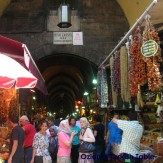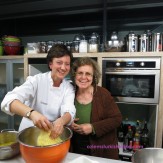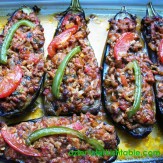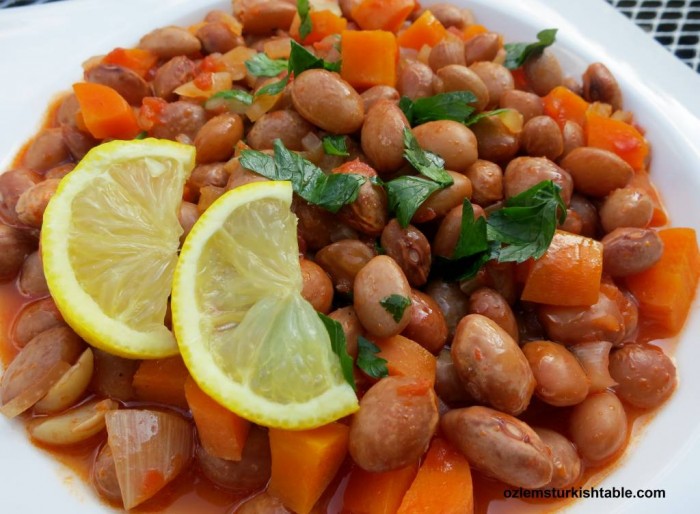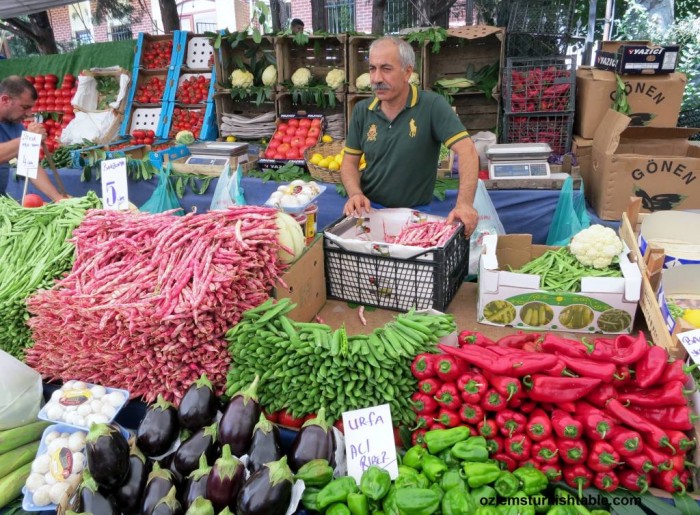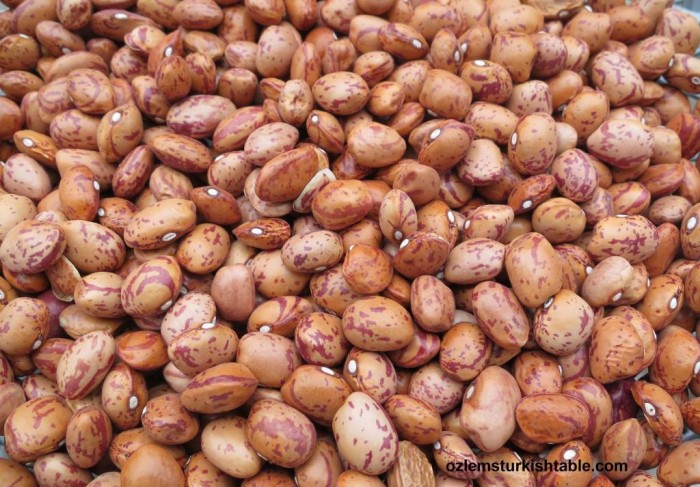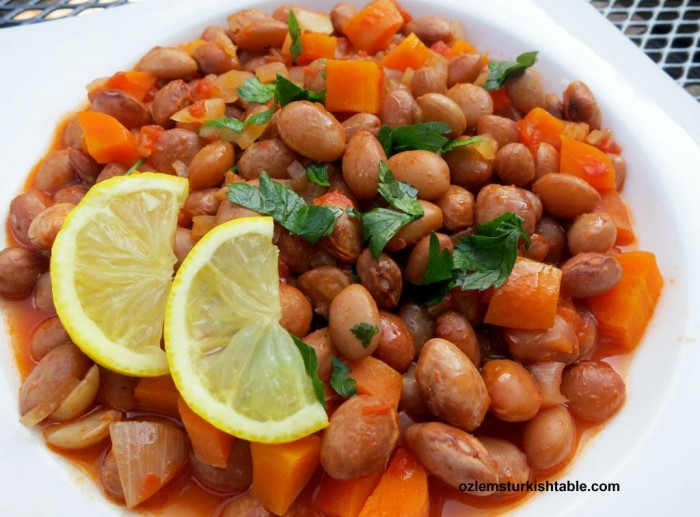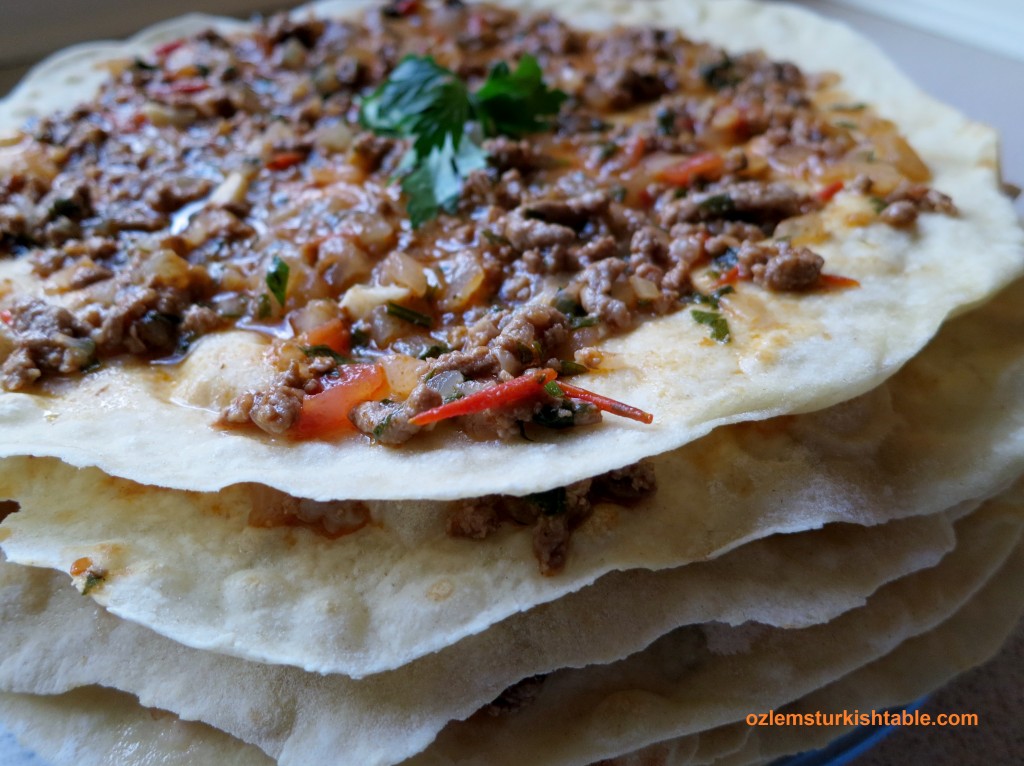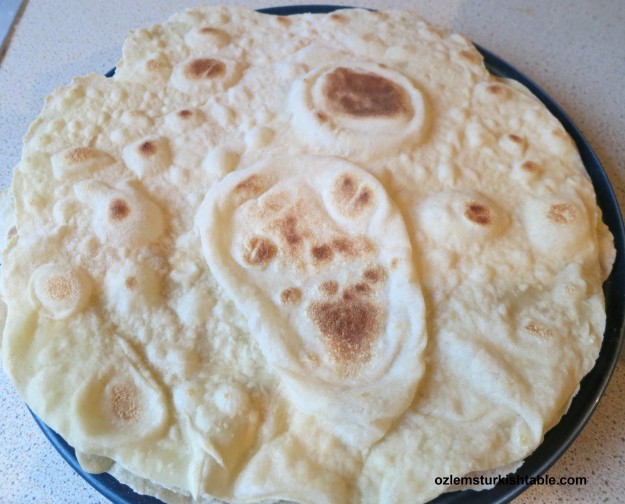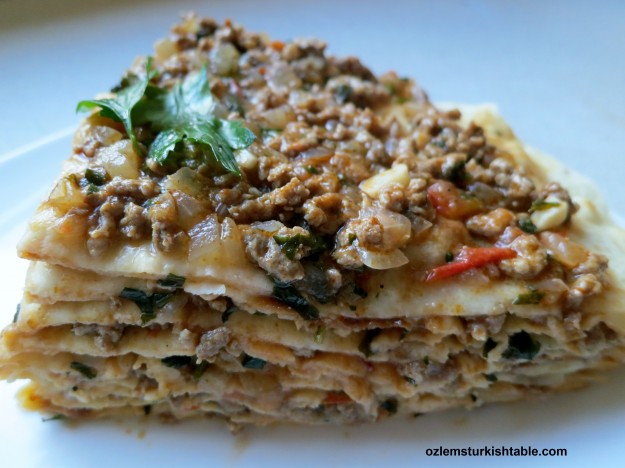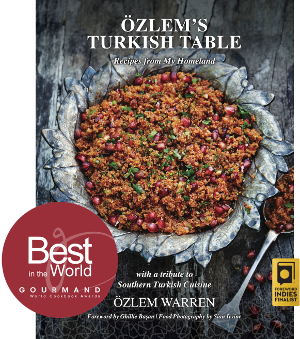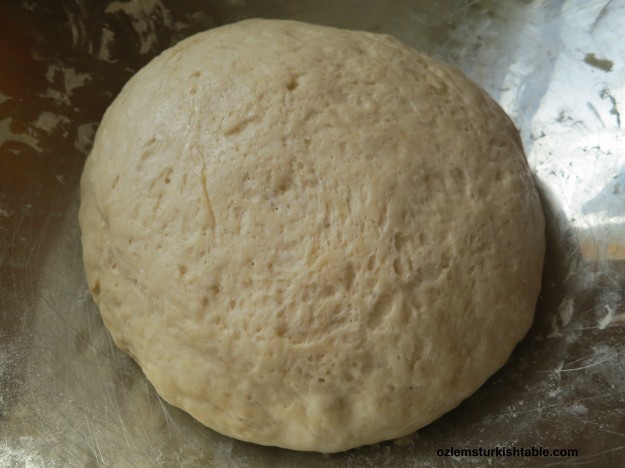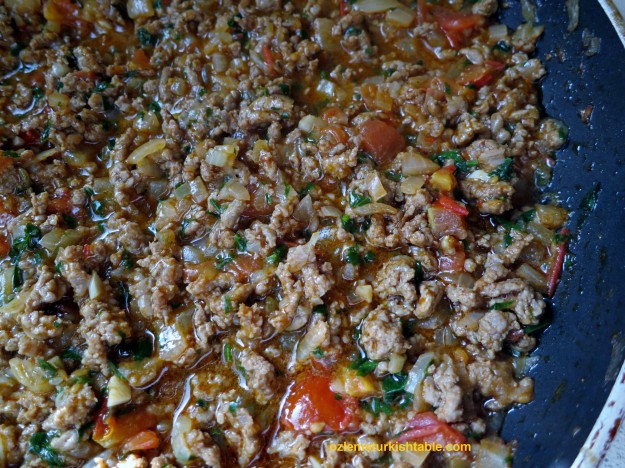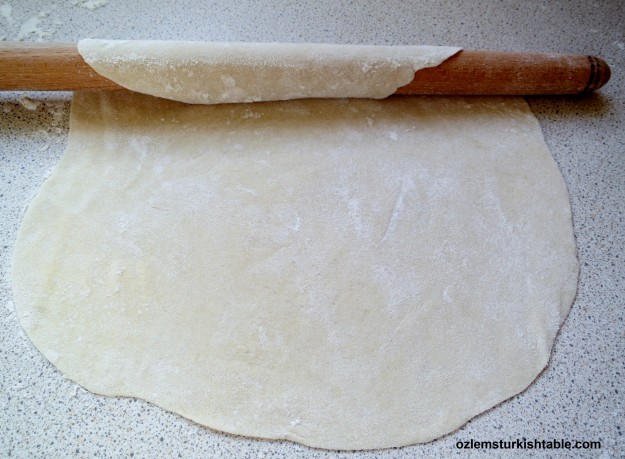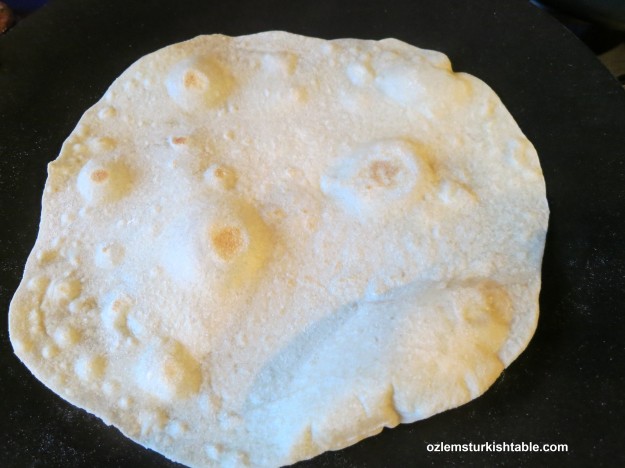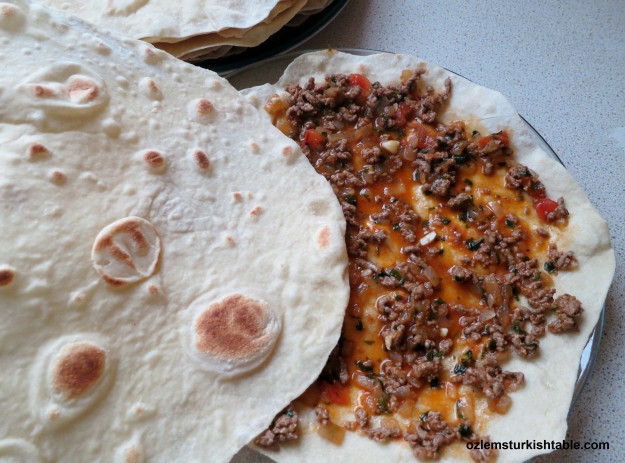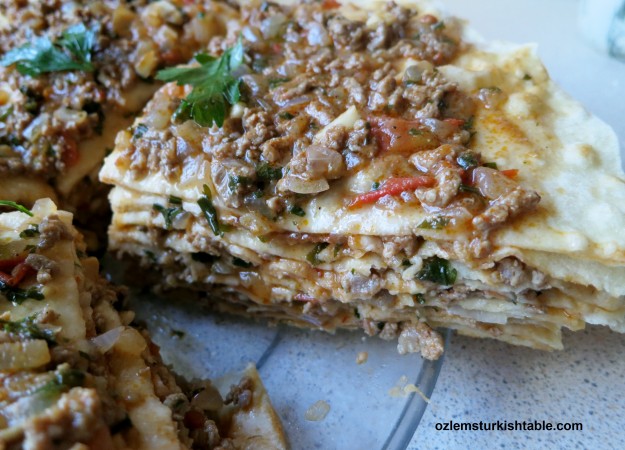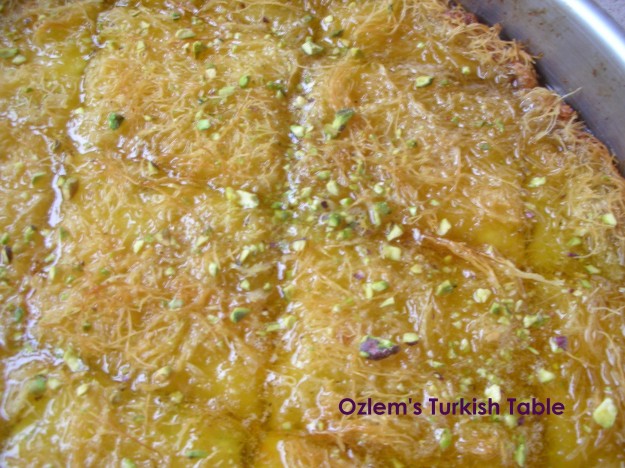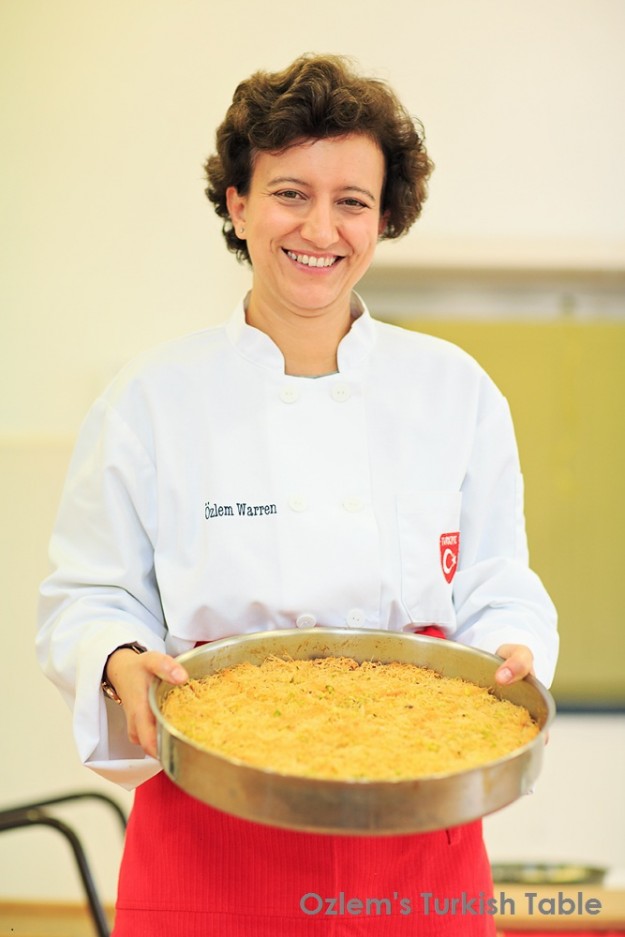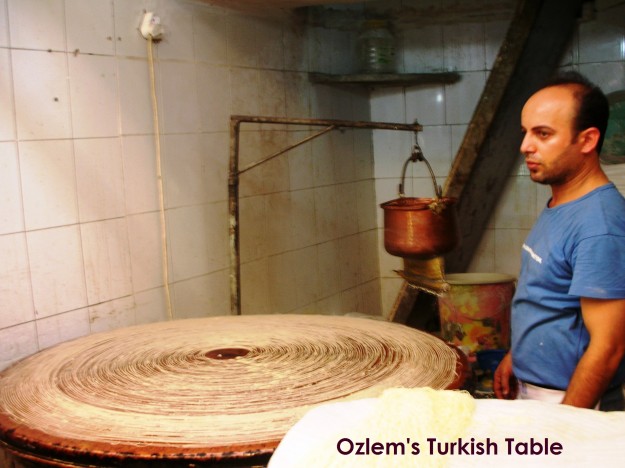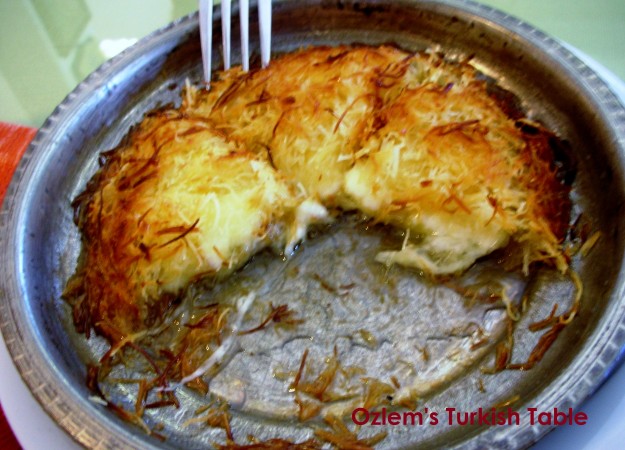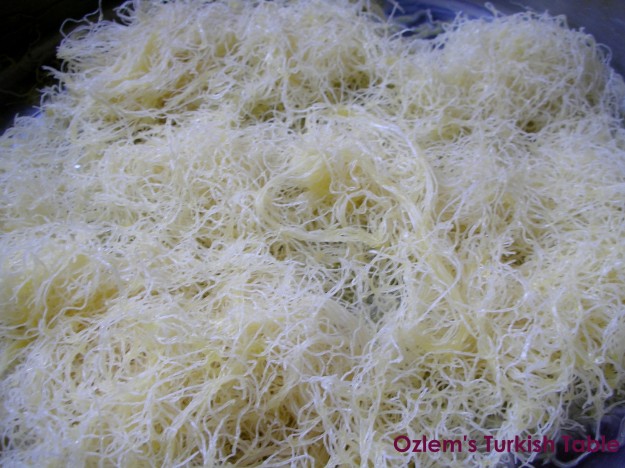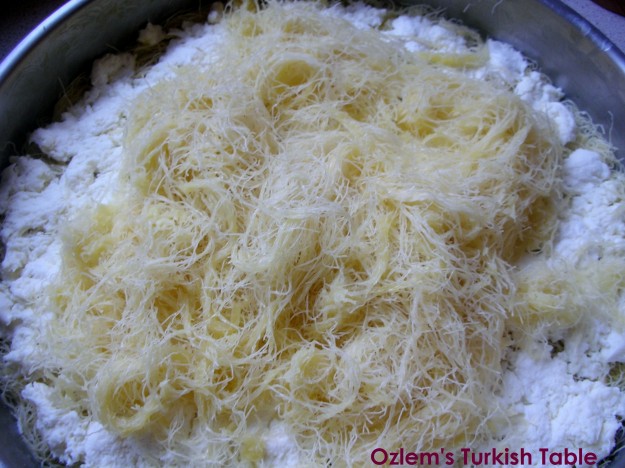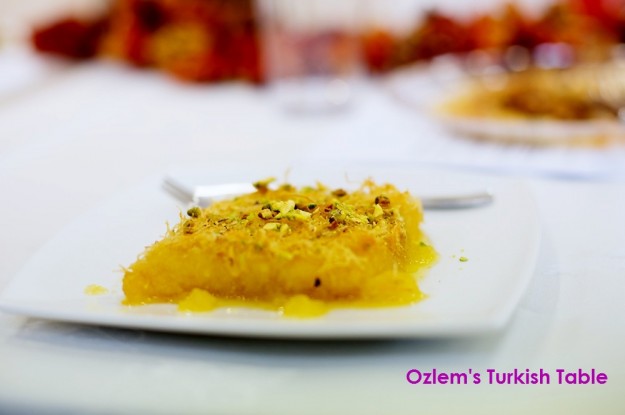Barbunya pilaki, borlotti beans cooked in olive oil with tomatoes, onions and carrots, is my father’s favorite Zeytinyagli, Vegetables cooked in olive oil, Turkish style. Pilaki is a style of Turkish mezze, where vegetables and beans are mainly cooked with onions, garlic, tomato in olive oil, with a little addition of sugar, to balance the flavors. We serve pilaki garnished with herbs and wedges of lemon; the tangy, refreshing lemon juice is really a must here and complements borlotti, barbunya means so well. Turkey’s much loved Barbunya Pilaki is served at room temperature or cold as a mezze or appetizer.
In Turkey, you can get the fresh barbunya beans (in stripy pink) or borlotti beans in abundance in summer, at the farmers markets, Pazar. It was my dad’s job at my parent’s home in Istanbul to pod them ready to be cooked and whoever is around joins in this therapeutic podding exercise. My dear belated father, Orhan, absolutely loved barbunya Pilaki; his face would lit up even the mention of it.
If you can’t get hold of fresh barbunya beans, try the dried borlotti (or cranberry beans, as they are called in the US) beans, like I have used here. They are easy to cook, wholesome and delicious. Dried or fresh borlotti beans work best in this dish.
A variety of kidney beans, borlotti beans are a large plump bean that is pinkish-brown in color with reddish-brown streaks. They are packed with goodness, rich source of cholesterol-lowering fiber and Omega 3 and 6 fatty acids. If you are using dried beans, they need to be soaked and rehydrated in warm water for at least 8 hours or overnight. If you are pressed with time or can’t get the dried or fresh borlotti beans, try a good quality canned borlotti beans in this recipe; it will still be a nutritious, delicious meal.If you are using canned precooked borlotti beans, rinse the beans and set aside. Cook the vegetables first as per the recipe, for 20 minutes, and then gently combine the cooked beans into the pot and simmer further 10 minutes.
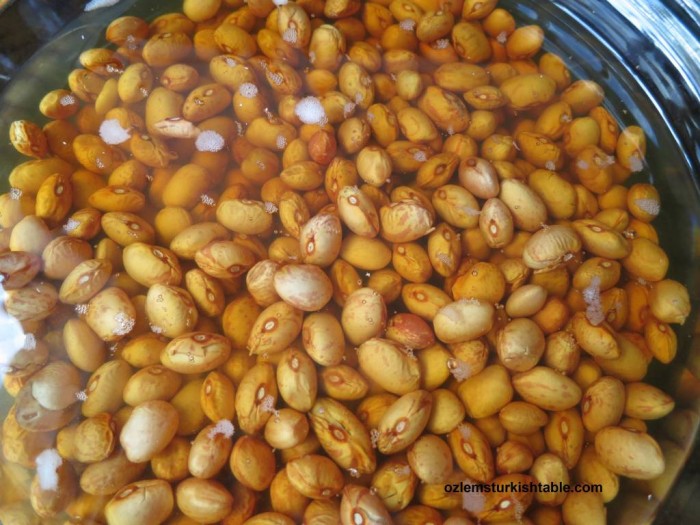
Dried barbunya or borlotti or cranberry beans need to be soaked and rehydrated in warm water for at least 8 hours or overnight.
Traditional Barbunya Pilaki is quite a plain but delicious meal, mainly consisting of the beans, onions and tomatoes. I like adding carrots here, as their sweetness and texture goes well with barbunya. Our family loves Barbunya Pilaki therefore I tend to make a bit batch. It stays well in the fridge for good 3 days and as the flavors settle, tastes even better the next day. You can serve as part of a mezze spread, a delicious vegetarian and vegan course. We also enjoy Barbunya Pilaki next to grilled fish, meat and vegetables. If you choose to serve next to main courses, I suggest serving Barbunya Pilaki warm.
I hope you enjoy this easy, delicious and wholesome Barbunya Pilaki.
Afiyet Olsun,
Ozlem
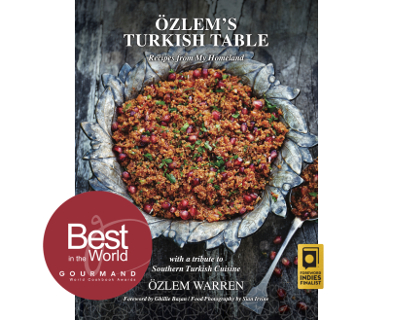
I am passionate about my homeland’s delicious, healthy Turkish cuisine; this recipe and over 90 authentic Turkish recipes are included at my cookery book, Ozlem’s Turkish Table, Recipes from My Homeland; Signed hardback copies are now 20 % OFF here, and delivered worldwide.
Afiyet Olsun.
- 350 gr/12 oz./2 cups dried borlotti beans (or cranberry beans), soaked in warm water overnight
- 1 medium to large onion, finely chopped
- 2 medium carrots, quartered and chopped in small cubes,
- 400 gr/ 1 can of good quality canned chopped tomatoes
- Handful of flat leaf parsley, finely chopped
- 10 ml/ 2 tsp sugar
- 45ml/3 tbsp. olive oil
- 16 fl. oz./2 cups water
- 1 lemon, cut in wedges
- Salt and freshly ground black pepper to taste
- Soak the dried borlotti (or cranberry) beans overnight or for at least 8 hours.
- Then drain the beans, rinse and transfer to a pot, filled with plenty of cold water.
- Bring the pot to the boil, partially cover the pot and simmer for about 30 – 35 minutes. Make sure the beans become tender, but not soft or mushy, they should still have a bite to them.
- Drain and rinse the cooked beans under cold water and set them aside.
- Heat the olive oil in the pot and stir in the onions, sauté for 2 – 3 minutes, until they start to soften.
- Add the carrots, combine well and sauté for another 2 minutes.
- Stir in the canned tomatoes and sugar, season with salt and freshly ground black pepper. Combine well.
- Add the beans to the pot and give it a good mix. Then pour in the water, combine well.
- Bring the pot to the boil; then turn the heat to low, cover the pan partially.
- Simmer for 30 to 35 minutes, until the beans are cooked (but not mushy). Check the seasoning and add a little more salt or ground black pepper if needed.
- Serve Barbunya Pilaki at room temperature or cold as part of a mezze spread or appetizer, garnished with chopped parsley and wedges of lemon by the side to squeeze over. If you choose to serve next to main courses, I suggest serving Barbunya Pilaki warm.

